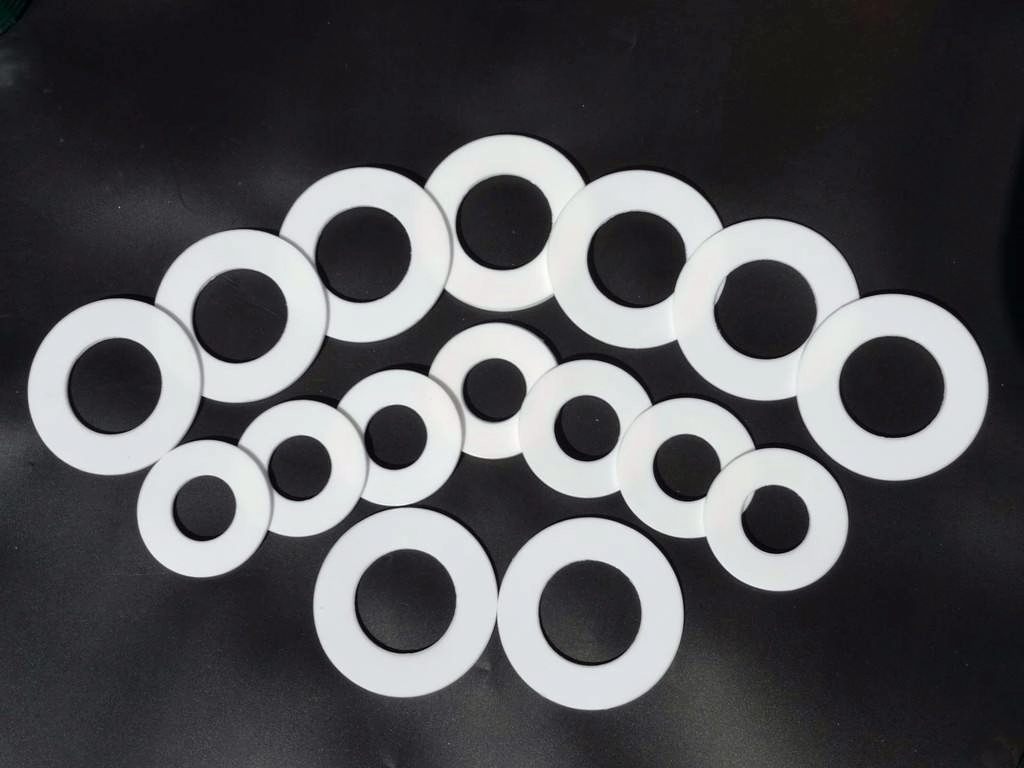Material selection of valve sealing surface
The first one is corrosion resistant. Corrosion is a process in which the surface of the sealing surface is damaged by the medium. If the surface is damaged, the sealing performance cannot be guaranteed. Therefore, the sealing surface material must be resistant to corrosion. The corrosion resistance of a material depends primarily on the composition of the material and the chemical stability of the material itself.
The second point is anti-scratch, which is the damage caused by friction during the relative movement of the sealing surface. This damage will inevitably cause damage to the sealing surface. Therefore, the sealing surface material must have good anti-scratch performance. Especially for a gate valve, its sealing structure is sealed by the gate. The scratch resistance of a material is often determined by the internal properties of the material.
The third is the erosion resistance, which is the process of destroying the sealing surface when the medium flows through the sealing surface at high speed. For the throttling valve and safety valve used in the high temperature and high pressure steam medium, the erosion is more obvious. The damage effect of the seal is very large, and therefore, erosion resistance is one of the important requirements of the sealing surface material.
The fourth point is that it should have a certain hardness, and the hardness cannot be greatly reduced at the specified working temperature.
Fifth, the coefficient of linear expansion of the sealing surface and the body material should be approximated to avoid additional stress and looseness at high temperatures.
The sixth point is, when used under high temperature conditions, there must be sufficient performances such as oxidation resistance, thermal fatigue resistance and thermal cycling.
